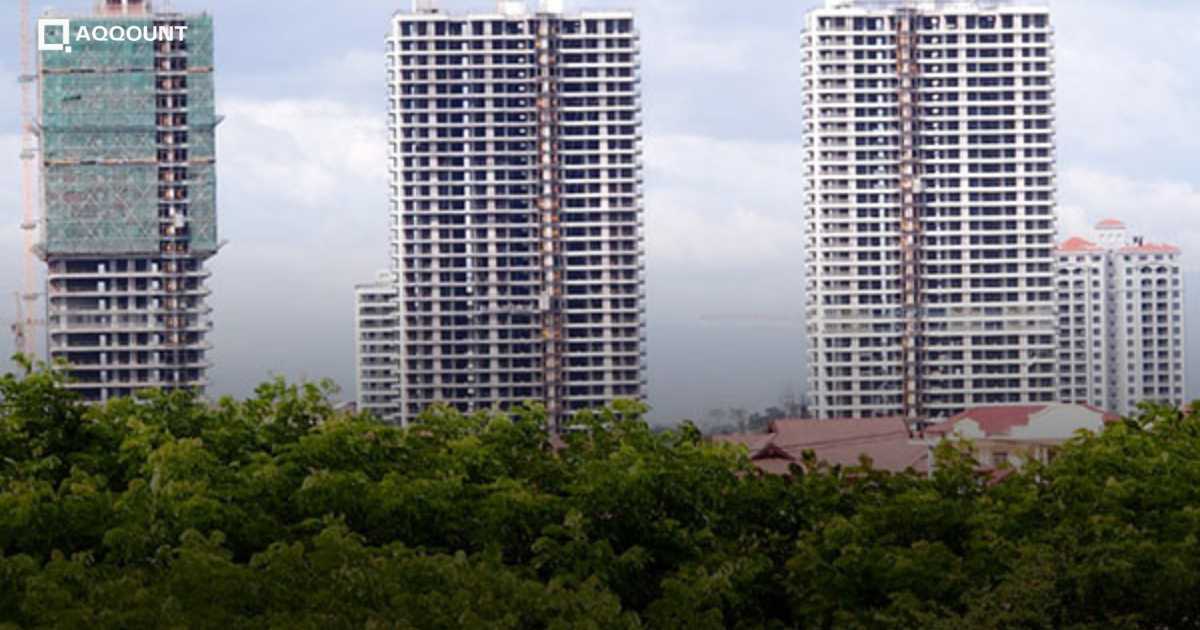
The Lao economy is witnessing a gradual recovery from the Covid-19 pandemic, with GDP growth forecast at 3.7 percent this year, up from 2.7 percent in 2022, according to the latest World Bank economic update issued on Thursday.
 |
| The World Bank is projected that Lao economy will grow at 4.1 percent in 2024. –Photo Katai Thatdam |
The report, titled Fiscal Policy for Stability, projects that the Lao economy will grow at 4.1 percent in 2024, but challenges will remain due to skyrocketing inflation, high external debt and a labour shortage.
The economic improvement is largely due to stronger performance in tourism, the transport and logistics services, and greater foreign investment, but the growth rate is lower than was previously expected, according to the World Bank.
The report shows inflation has increased consumption and business costs, thereby reducing household spending on food, education and health. Inflation has also depleted savings, placing many families at risk of falling into poverty.
“Although the global prices of some imported goods have eased, inflation remains high in Laos, reaching 26 percent in the year to October 2023. Food price inflation stood at 29 percent, severely affecting poor urban households,” the World Bank said.
“The weakening national currency is the main cause – on average, a 1 percent fall in the value of the kip increases consumer prices by 0.5 percent. Therefore, inflation will remain high until exchange rates stabilise.”
The kip has continued to depreciate over 2023, falling in value by 29 percent against the Thai baht and by 21 percent against the US dollar up to October. The mismatch between foreign currency demand and supply and the limited inflow of export proceeds have affected the Lao economy.
The World Bank Country Manager for Laos, Alex Kremer, said: “Low tax collection is undermining Laos’ economic stability and development prospects. To restore economic stability, it is crucial that VAT is raised back to 10 percent, taxes on tobacco and alcohol are restructured, and more revenue is raised to protect spending on health and education.”
The government has taken several steps to improve its finances by controlling expenditure and increasing domestic revenues in the first half of 2023. However, while the government earned more than it spent in the first half of 2023, the demand for high debt repayments affected public spending on education and health, which declined from 4.9 percent of the GDP in 2013 to an estimated 2.3 percent in 2023.
To improve revenue collection, the report recommended restoring VAT to its previous rate of 10 percent, revising the investment promotion law to curb incentives and broaden the tax base, reforming excise tax structures and rates, and strengthening the administration of large taxpayers.
Economic growth is projected to accelerate to an average of 4.2 percent in the medium term, led by services and exports and assisted by growing international demand, coupled with Laos’ improving connectivity and logistics services. However, the kip is likely to remain under pressure because of high imports and the high demand for foreign currencies to repay debts.
Source: Vientiane Times
